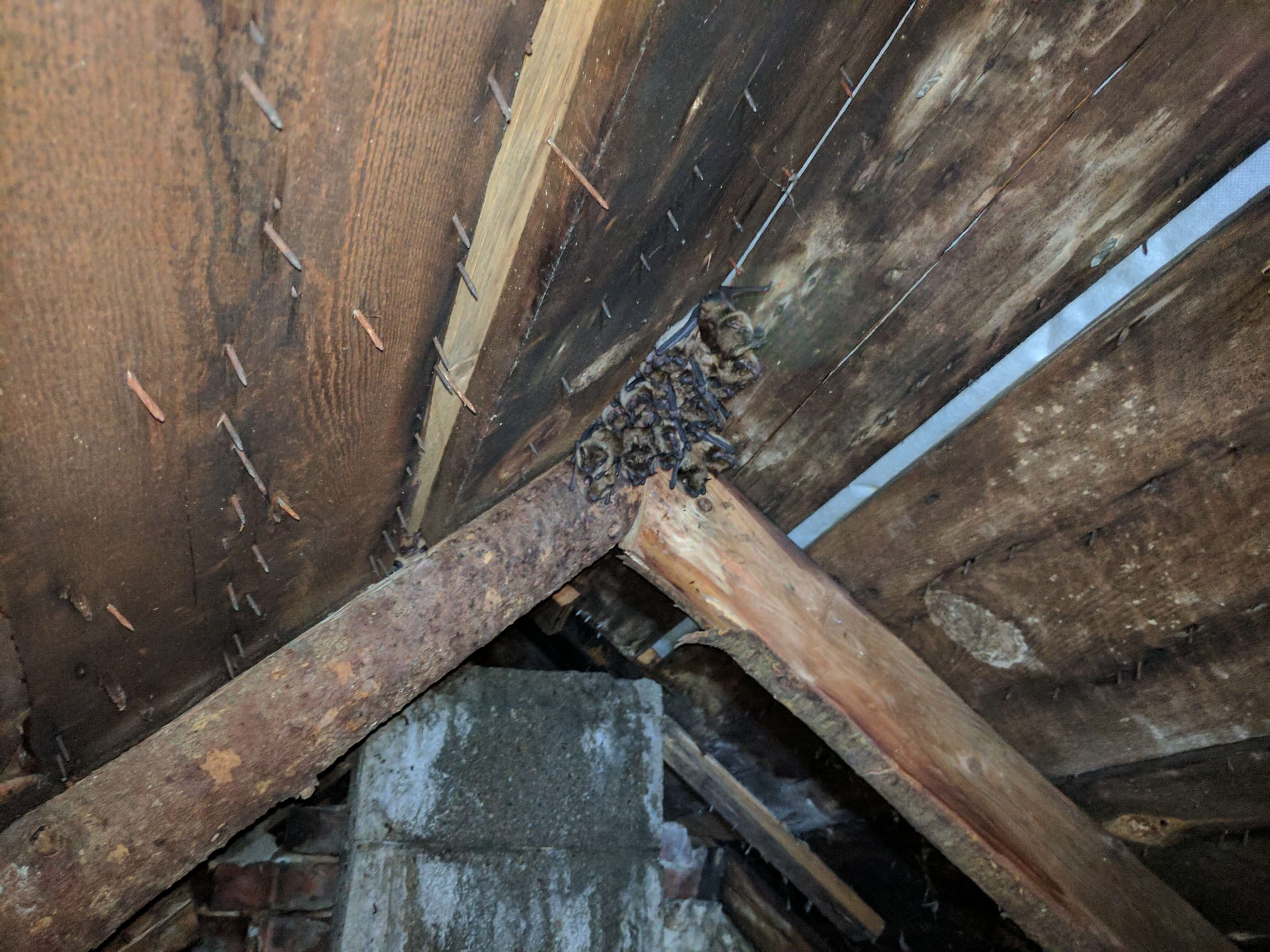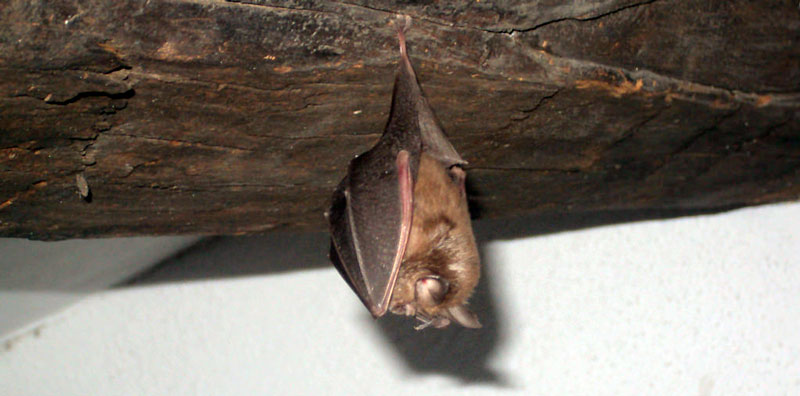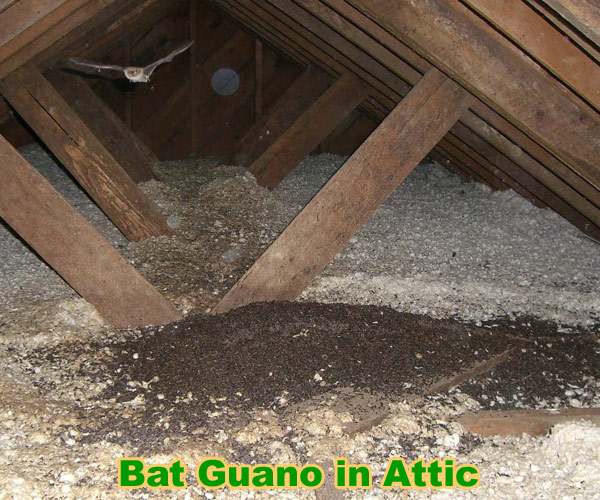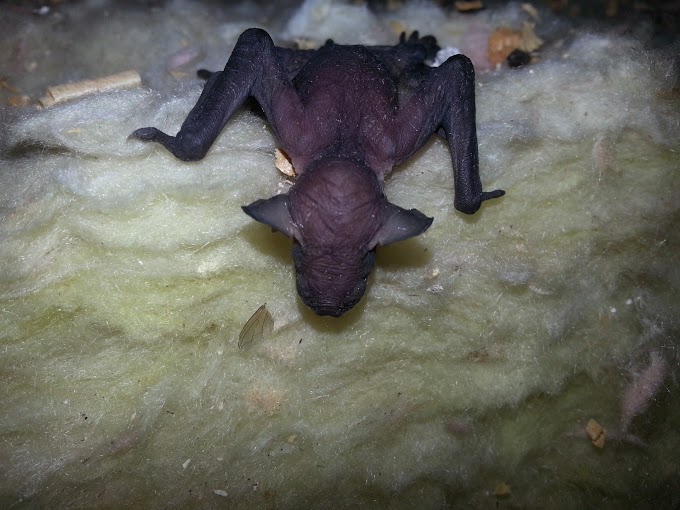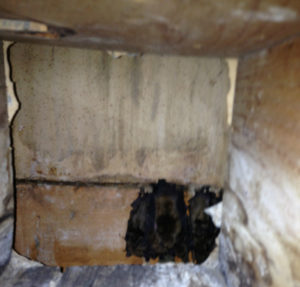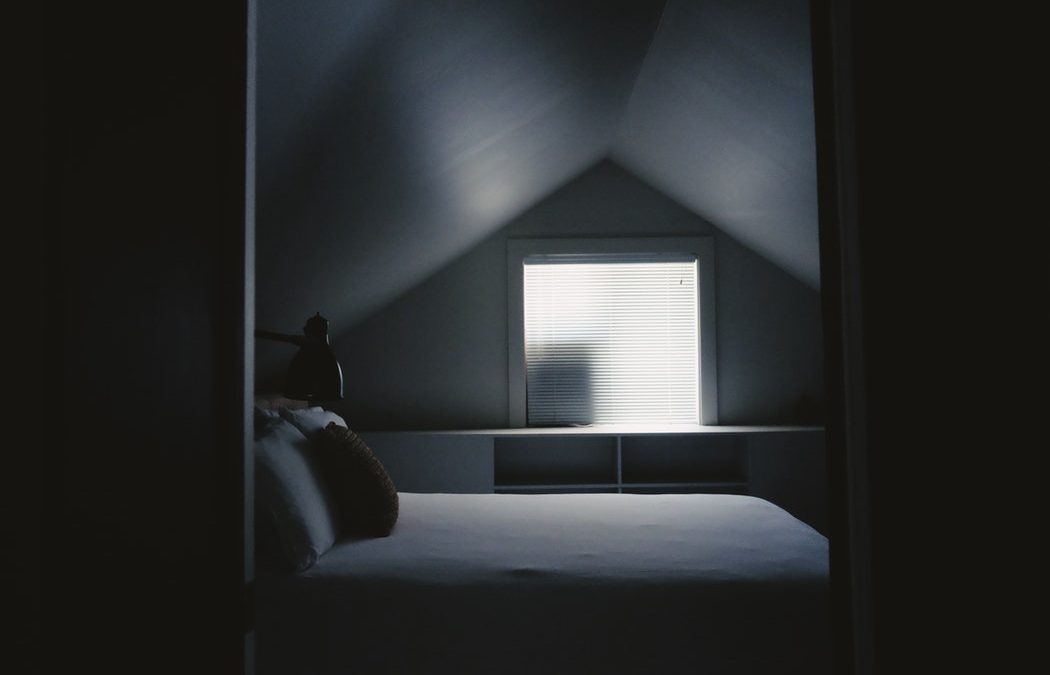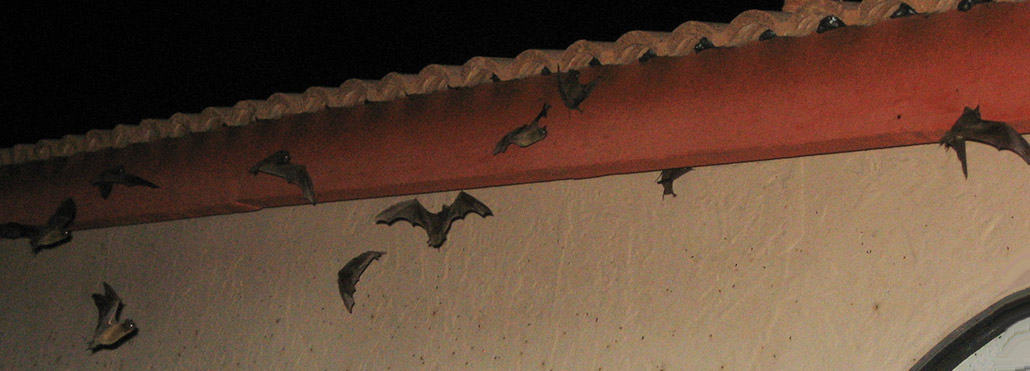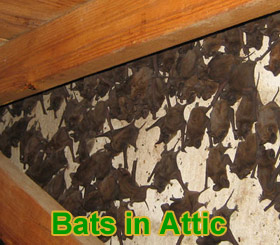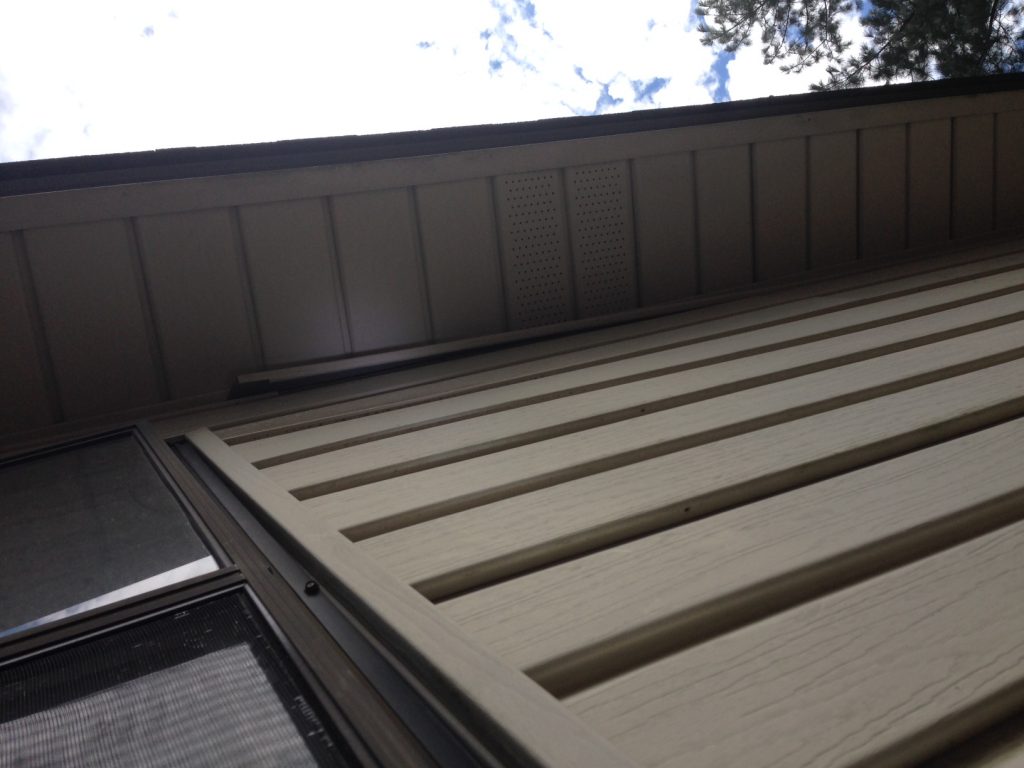Where Do Bats Hide In Attic

When bats are entering or exiting the small holes to and from their roost area in your attic the oil that is produced by their skin accumulates at the entry point and becomes an.
Where do bats hide in attic. This is a common hiding place for bats. They re nocturnal so they live their lives in darkness making your attic a prime piece of real estate for bats. There are many ways bats can get into an attic and when they do they ll leave behind a black streaky and oily mess that is a sure mark of a bat entry point. Many bats transmit diseases such as rabies and the defecation of bats in homes have been known to cause health problems.
They don t like the cold and your attic is nice and warm. Colonies of bats prefer quiet cave like spaces to roost reproduce and raise their young. It s best to be educated on the subject so browse this site and especially read the bats in the attic home page or email me if you have any more questions about how to find a bat hiding in your house. They re willing to travel up to one quarter of a mile to reach these areas.
Wildlife education information and advice for the safe removal of bats from attics. How to remove bats from attic. Additionally bats will seek nesting sites that are close to sources of food and water. Just because there isn t a pond or stream in your yard doesn t mean there won t be bats in your attic.
However if you already have a bat a problem in your attic use a variety of methods to drive them out. A bat may hide anywhere in your home depending on how. Before bats get into your attic they may get into your roofline eaves or soffits. It could result in a fall.
If you block up the attic vent then bats can t get into your attic itself. Killing them is both inhumane and will create an unlivable environment due to the smell of a colony of decaying bats. This is why it is important that trained experts handle and remove the bats. But it is possible to hear a chorus of bats being emitted from the attic.
Avoid climbing a ladder and checking these areas. Bats only become a problem when they decide to use an attic or other section of a home or building for a roosting or nursery colony. These creatures prefer attic spaces because they are warm and secluded. Despite the fact that bats consume many insects in a single feeding there are many health risks involved with a bats in attic or bats in basement.
You should start with using an exclusion device covered in this guide and a combo of bright floodlights essential oils sound generators and possibly some. Bats will hibernate in the winter if the temperature stays at around 35 to 40 f. To get them out identify their entry and exit points making sure not to seal them while the bats are inside. Most people do not tolerate that idea very well and it becomes necessary to evict the bats and repair the structure as needed to prevent them from entering in the future.

